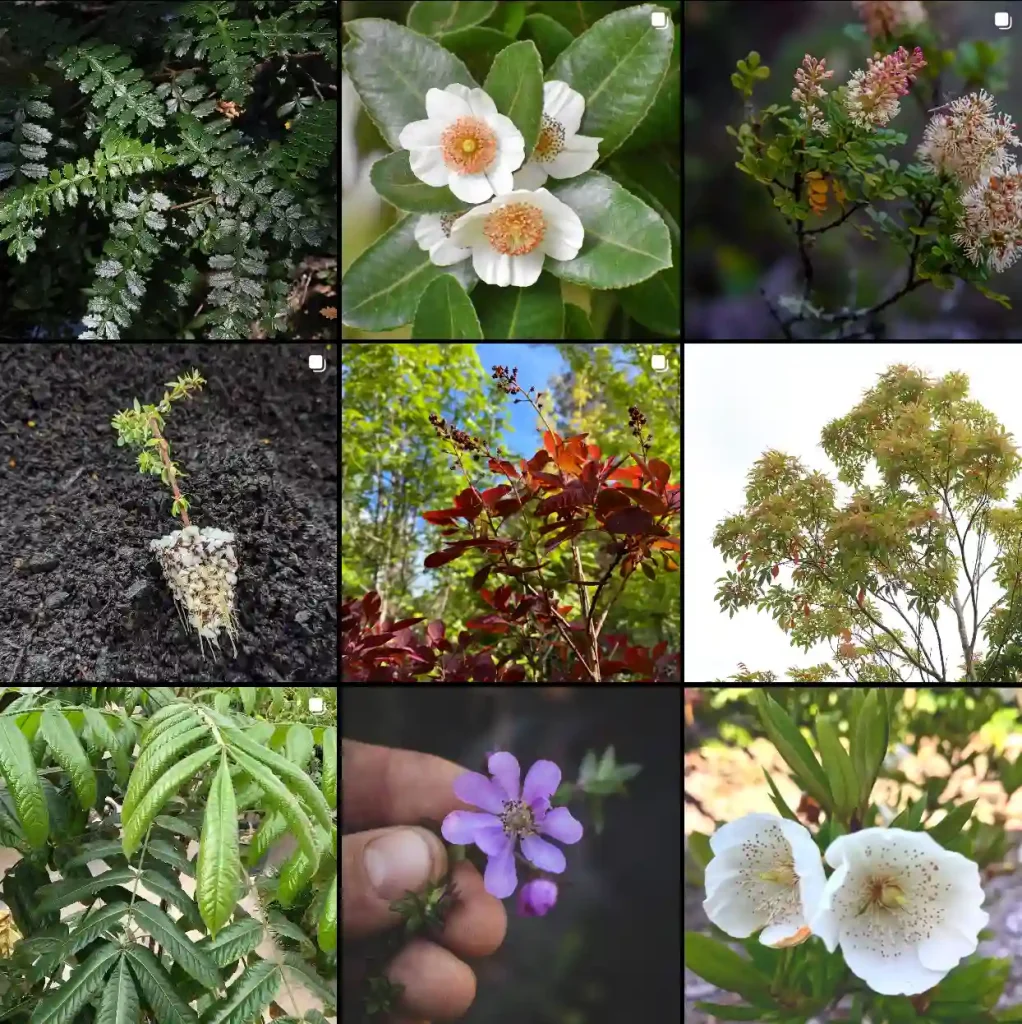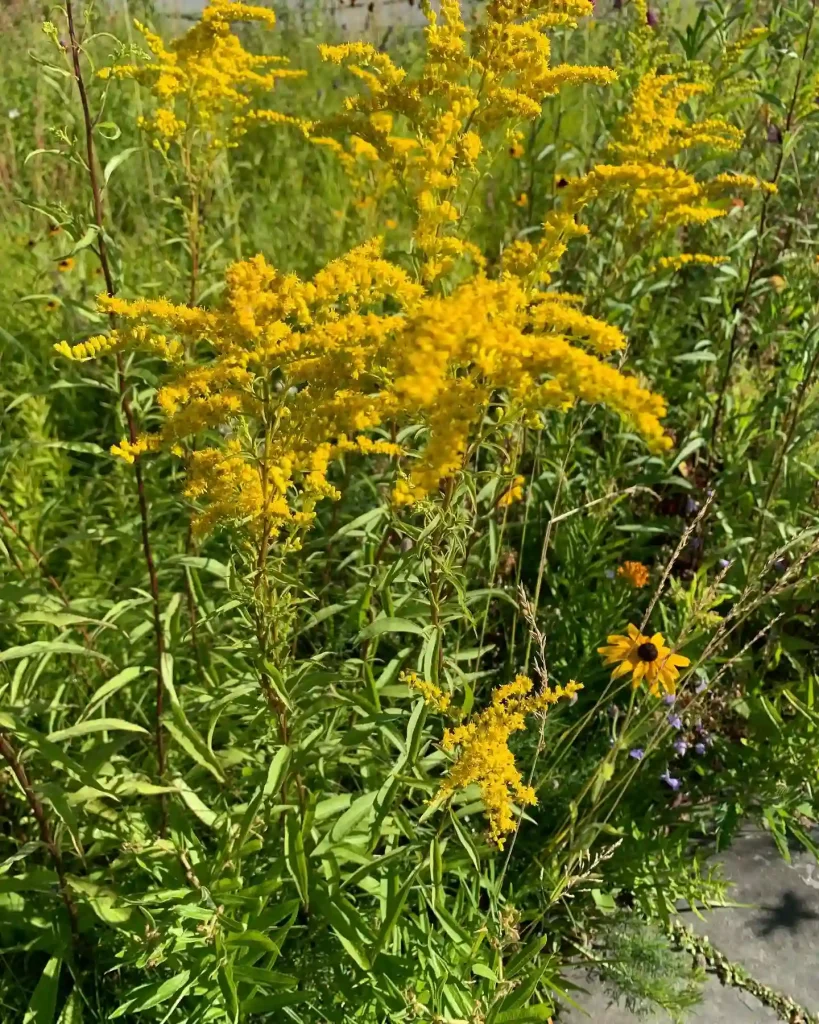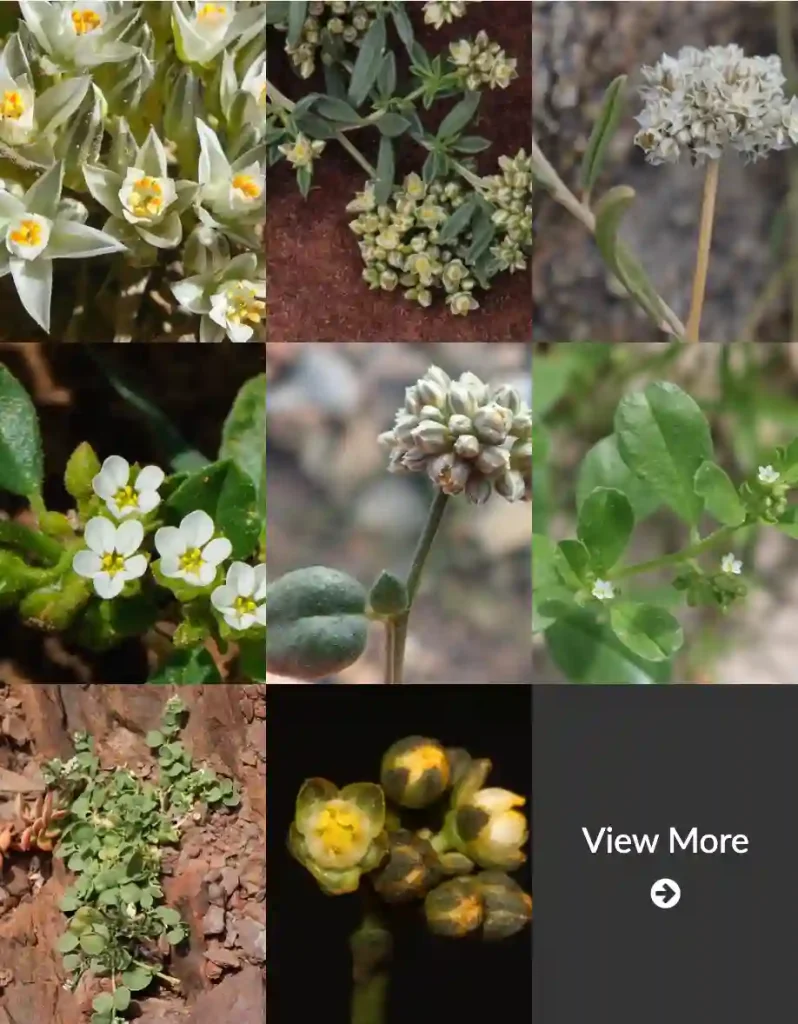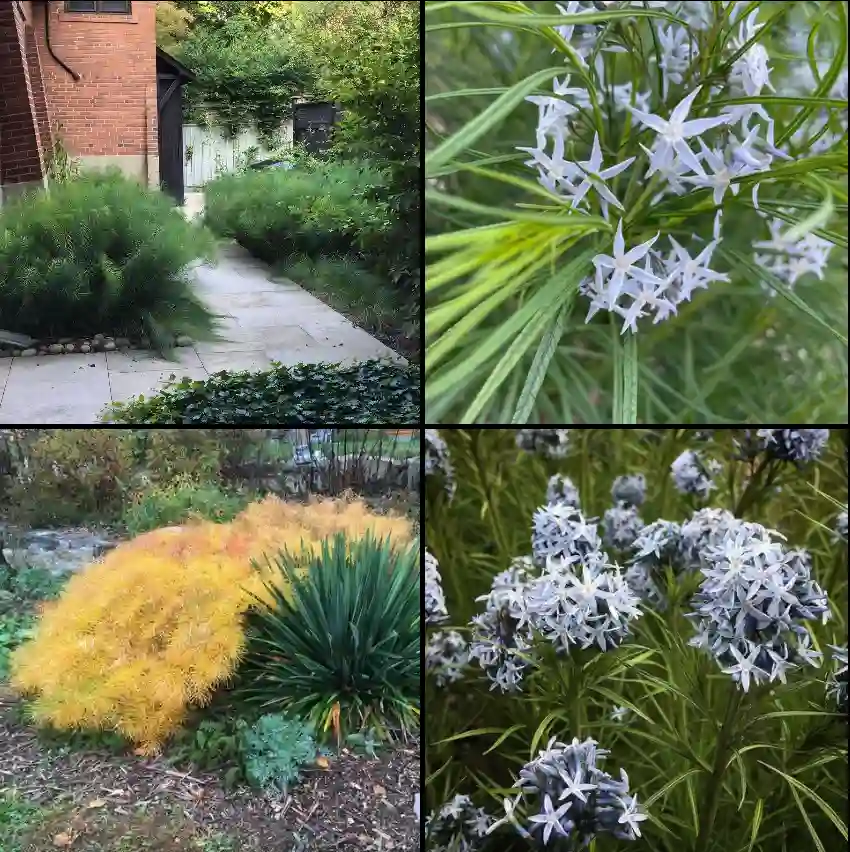FAQs About Solidago Sempervirens
I’ve had quite a journey with Solidago Sempervirens, or Seaside Goldenrod, and thought I’d share some insights to help anyone interested in this fascinating plant. Below, I’ll cover some common questions and practical tips based on my experiences.
145 Species in Genus Solidago
What Is Solidago Sempervirens?
Solidago Sempervirens, commonly known as Seaside Goldenrod, is a perennial plant native to the coastal regions of North America. It’s renowned for its striking yellow flower spikes that bloom in late summer to fall. This plant thrives in sandy, salt-tinged soils and is a great choice for coastal gardens. Its tall, upright habit and bright blooms make it a standout in any garden setting.
How to Care for Solidago Sempervirens?
Caring for Seaside Goldenrod is relatively straightforward. Here’s a quick guide based on my personal experience:
- Sunlight: This plant prefers full sun. It needs at least six hours of direct sunlight each day to thrive.
- Soil: It’s adaptable to various soil types but performs best in well-drained sandy or loamy soils. While it tolerates salt, avoid overly wet conditions.
- Watering: Once established, Seaside Goldenrod is drought-tolerant. Water it regularly during its first growing season, but reduce watering as it matures.
- Fertilization: Fertilize lightly in early spring with a balanced fertilizer. Over-fertilization can lead to excessive foliage and fewer blooms.
How to Propagate Solidago Sempervirens?
Propagating Seaside Goldenrod is quite rewarding. I’ve used two primary methods:
- Seeds: Collect seeds from mature plants in late fall or early winter. Sow them in a seed tray or directly in the garden in early spring. Lightly cover the seeds with soil and keep them moist until germination.
- Division: In early spring or fall, divide established plants to propagate. Dig up the plant, separate the roots into sections, and replant them. This method helps rejuvenate older plants and increase your garden’s stock.
What to Plant With Solidago Sempervirens?
Companion planting can enhance the beauty and health of your garden. I’ve found that Seaside Goldenrod pairs well with:
- Grasses: Plants like Panicum Virgatum (Switchgrass) and Muhlenbergia Capillaris (Pink Muhly Grass) complement its vertical growth and add textural contrast.
- Perennials: Combine it with Echinacea (Coneflower) and Rudbeckia (Black-eyed Susan) for a vibrant summer display.
- Shrubs: A backdrop of shrubs like Ilex Glabra (Inkberry) or Myrica Pensylvanica (Bayberry) provides a solid frame for the goldenrod’s bright blooms.
Is Solidago Sempervirens Toxic?
Seaside Goldenrod is non-toxic to humans and pets. It’s safe to have around children and animals, making it a great choice for a family-friendly garden. However, some people might experience mild skin irritation from contact, so wearing gloves while handling the plant is a good practice.
Benefits of Solidago Sempervirens
There are several benefits to growing Seaside Goldenrod:
- Wildlife Attraction: It attracts pollinators like bees, butterflies, and birds, which helps support local ecosystems.
- Erosion Control: Its extensive root system is excellent for stabilizing sandy soils and preventing erosion, especially in coastal areas.
- Aesthetic Appeal: The bright yellow blooms provide a burst of color in late summer and fall, making it a stunning addition to any garden.
Common Problems with Solidago Sempervirens
Despite its hardy nature, Seaside Goldenrod can encounter a few issues:
- Powdery Mildew: This fungal disease can affect the plant in humid conditions. To prevent it, ensure good air circulation and avoid overhead watering.
- Spreading: It can be invasive in some areas, spreading rapidly and outcompeting other plants. Regular maintenance, including cutting back spent flowers and dividing the plant, can help manage its growth.
Comparing Solidago Sempervirens with Similar Plants
If you’re considering alternatives or comparing with similar species, here’s a quick rundown:
- Solidago Rugosa (Rough Goldenrod): This variety has more rugged foliage and is better suited for tougher conditions. It tends to be shorter and bushier than Seaside Goldenrod.
- Solidago Canadensis (Canada Goldenrod): This plant is taller and more aggressive than Seaside Goldenrod, making it suitable for larger spaces where it can spread without overwhelming other plants.
I hope this helps clarify some of the frequently asked questions about Solidago Sempervirens. Whether you’re new to gardening or looking to add a splash of color to your coastal garden, Seaside Goldenrod is a fantastic choice. Feel free to reach out if you have more questions or need further tips!
If i die, water my plants!



